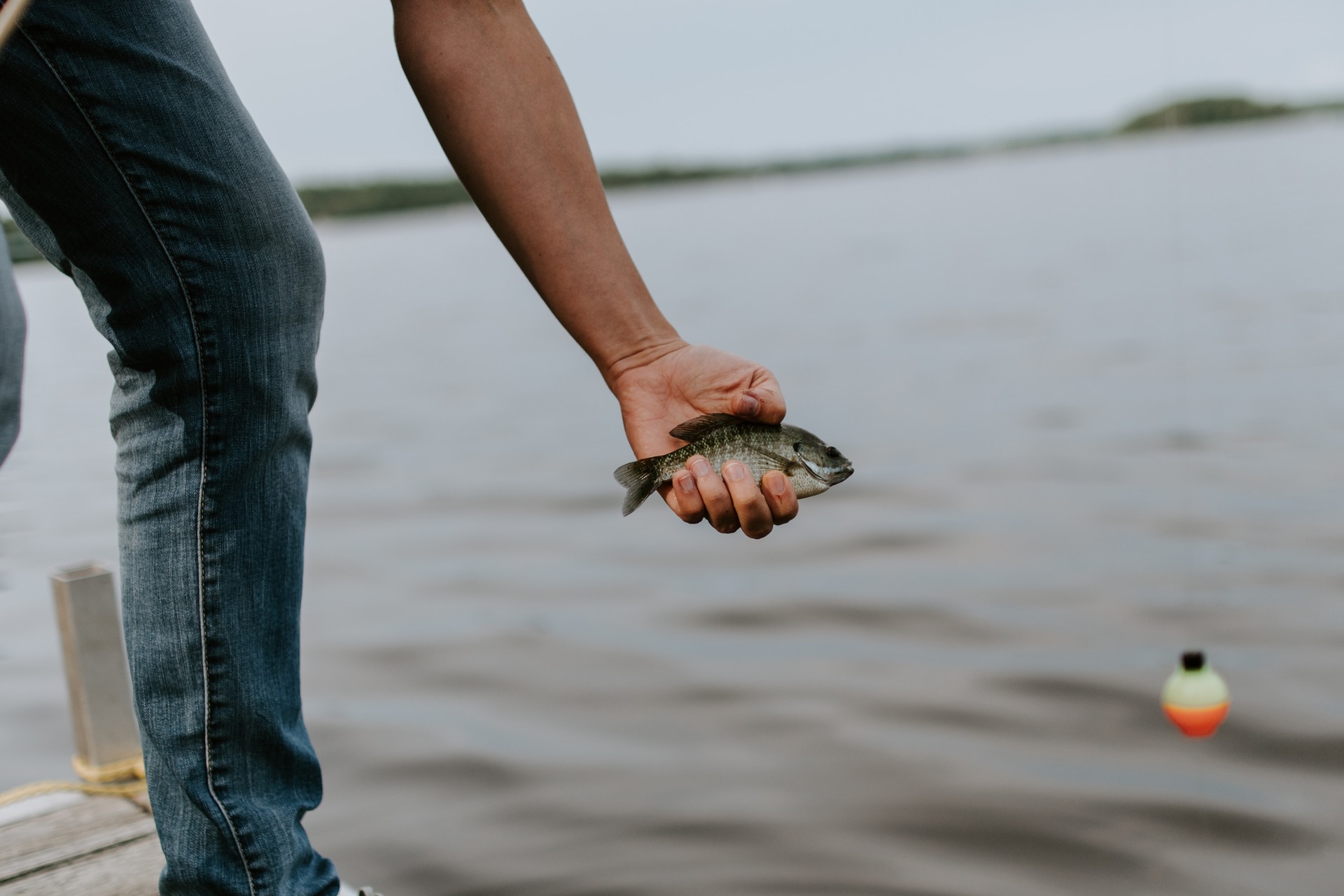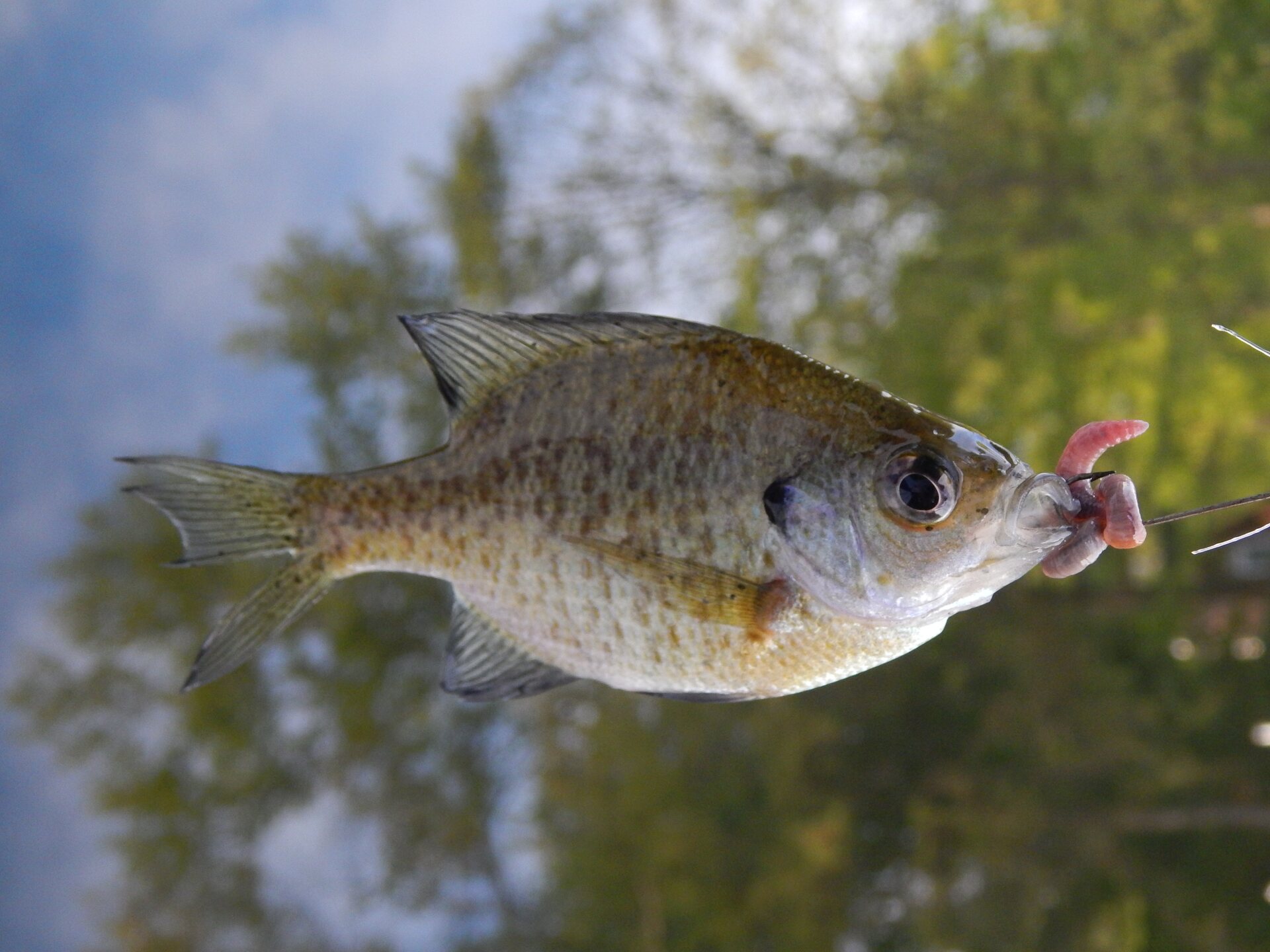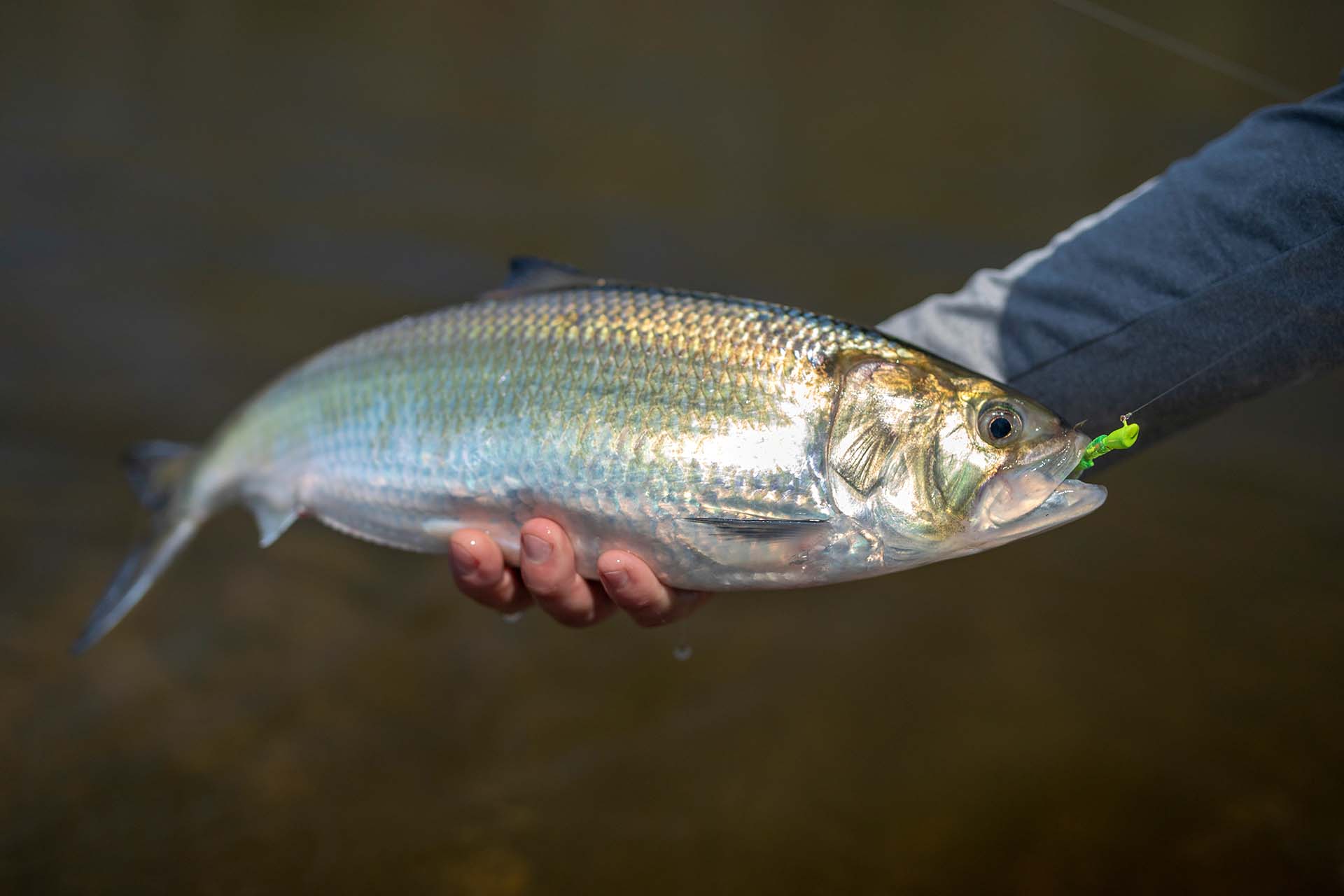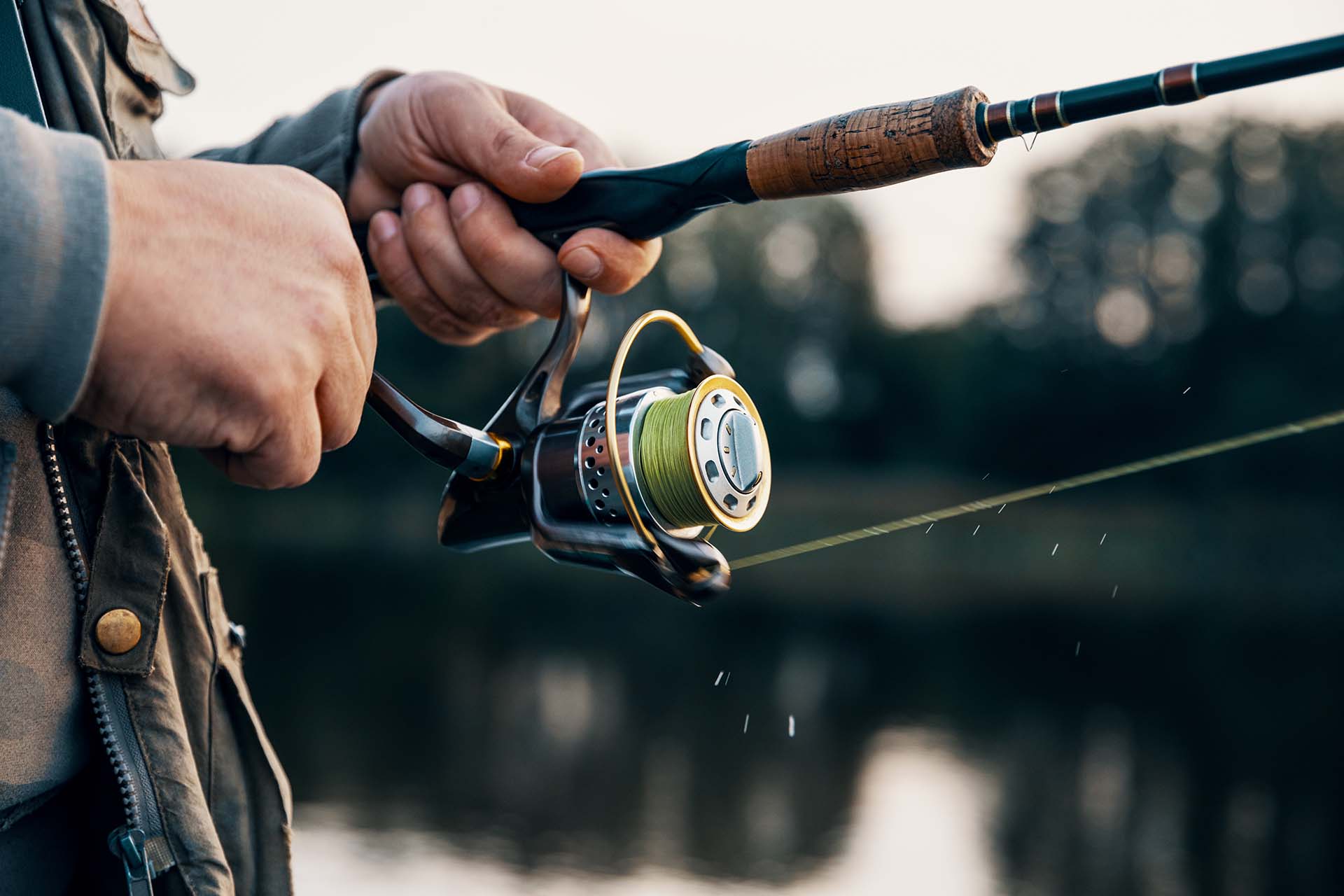Ever found yourself reeling in a catch and wondering exactly what kind of gem you’ve just pulled from the water’s depths? Well, you’re in for a treat, because today we’re diving into the colorful world of the different types of sunfish. These radiant beauties are as diverse as they are vibrant, each with its own unique flair. Let’s ensure that the next time one of these fascinating creatures gets stuck on your line, you know exactly what you’re dealing with.
The diverse range of species in the Centrarchidae family includes the bluegill, longear, redear, pumpkinseed, warmouth, green, and spotted sunfish. Each of these fascinating creatures has its unique characteristics, habitats, and behaviors, but they also share plenty of habits and patterns.
What Are the Basic Characteristics of Sunfish?
Dive into the aquatic realm, and you’re bound to cross paths with the dazzling Lepomis – the “true sunfish”, a prominent genus hailing from the Centrarchidae family. This fascinating group includes other common fish such as the elusive crappie and the mighty black bass.
Though some champions in the Lepomis family can stretch up to a whopping 16 inches (41 cm), you’ll typically find these glistening swimmers measuring a modest 4 to 8 inches (10-20 cm). These fish are recognized for their deep bodies, with a continuous dorsal find that is divided into two distinct sections – an anterior equipped with spines and a posterior with soft rays. But more than their body shape, the vibrant colors are what sets these creatures apart from their cousins such as black bass.
Each species exhibits a unique combination of some of these colors:
- Green,
- Blue,
- Yellow,
- Orange,
- Red.
Sunfish Habitat and Distribution
The Centrarchidae family boasts around 30 species, all of which, save for the Sacramento perch, are native to the freshwater environments east of the Rocky Mountains. These aquatic creatures have a soft spot for still or slow-flowing waters, so it’s no surprise to find them in lakes, ponds, streams, and swamps. However, each species has its own favorite spot, so here’s a quick overview:
| Species | Preferred Habitat |
|---|---|
| Bluegill | Thrives in lakes and ponds with plenty of vegetation |
| Longear | Prefers clear, shallow, and slow-moving streams with rocks |
| Redear | Fond of warm, quiet waters in lakes and ponds with soft bottoms |
| Pumpkinseed | Loves clear, cool lakes and ponds with abundant shelter |
A myriad of these species aren’t just naturally occurring but are also bred and released into various aquatic environments to populate lakes, rivers, and wetlands. The main part of sunfish distribution is done across the United States and Canada, but beyond these native territories, some species have journeyed across the globe. Some of these species have even earned the title of pests due to their adaptability and proliferation.
Sunfish Spawning Period and Migrational Patterns
These species are known to be carnivorous, having a diet rich in other fishes and aquatic invertebrates. In preparation for new life, male specimens carve out nests with their tails, setting the stage for the females to lay their eggs in the spring.
As seasons shift, so do their habitats, leading them to explore different regions of their aquatic homes to find optimal living conditions. The migrational patterns of these species are influenced by various factors, including food availability and changes in water temperature.

The Most Common Types of Sunfish
Now that we’ve covered the ins and outs of sunfish behavior, are you ready to meet the stars of the show? Each with its own unique quirks, colors, and habitats, these species are a testament to nature’s creativity.
Longear Sunfish (Lepomis Megalotis)
Known for the extravagant colors and ear-like extensions flowing from the edge of their gill cover, longears are a sight to behold. Their home is where the clear, shallow, and slow-moving streams are, preferably those generously littered with rocks and gravel. These habitats offer the peace and security longears crave, amidst an environment where their colors gleam brightest.
Bluegill (Lepomis Macrochirus)
Bluegills are easily recognizable by their deep, flattened bodies adorned with a mix of greens and blues that shimmer under the sun. They love to hang out in waters where vegetation is ample, providing both food and shelter. Bluegills also have a reputation for being both social and curious, often found swimming in schools and not shy about exploring their surroundings.
Redear Sunfish (Lepomis Microlophus)
Redears get their name from the small red or orange-hued spot that graces the back end of their gill cover. These beauties have a preference for warmer, quieter waters, where the bottom is soft and sandy. Lakes and ponds are their sanctuaries, where the serene embrace of still waters whispers of safety and abundance.
Pumpkinseed (Lepomis Gibbosus)
Pumpkinseeds are nature’s canvas, showcasing a spectacular mix of oranges, greens, yellows, and blues. They’re easily identified by their saucer-shaped bodies and the radiant splash of red or orange at the edge of their gill covers.
These colorful swimmers have a love affair with clear, cool waters, where shelter is abundant. Lakes and ponds, rich in underwater vegetation and woody debris, are where pumpkinseeds truly thrive, painting the waters with their vibrant hues.

Some Lesser-Known but Still Fascinating Types of Sunfish
When it comes to this fascinating fish species, it’s like nature had an artistic burst. And before you know it, a myriad of finned wonders emerged from the depths, leaving you wondering – how many types of sunfish are there? Honestly, trying to count them can feel like an endless game of whack-a-mole, with another species popping up just when you think you’ve got them all.
Here are some other types of fish from this family you should know about:
Warmouth (Lepomis Gulosus)
The warmouth has a sturdy, robust build, equipped to navigate the intricate, woody, and rocky structures of slow-moving waters where they typically reside. With mottled brown and green skin, it’s a chameleon blending seamlessly into its surroundings. Yet, look closer, and you’ll be able to see splashes of red and orange.
Green Sunfish (Lepomis Cyanellus)
The name gives it away – these beauties are dressed in varying shades of green, boasting a radiance that mirrors the lush underwater vegetation they call home. Their bodies are streamlined and sleek, adorned with vertical bands that dance along their sides.
Spotted Sunfish (Lepomis Punctatus)
This type, graced with a speckled pattern that decks their sides, is another wonder of the aquatic world. They sport a golden green hue that glistens against the backdrop of their habitat. As for their habitat, the calm, warm waters of streams and rivers seem to be their preference, where the flow is gentle, and the environment inviting.
Let’s End With Some Fun Facts About Sunfish
If you thought the array of colors displayed by these finned beauties was awe-inspiring, wait until you witness the spectacle during the spawning season. Males transform, their bodies becoming canvases of intensified hues and patterns, all in the noble pursuit of charming the ladies of the waters. But when the time for it comes, they do their job with great dedication, bravely protecting the eggs from different kinds of sunfish predators.
Considering this fact, it’s no surprise that in some Native American tales, these fish are portrayed as brave warriors of the water, their vibrant scales akin to the painted attire of tribesmen going to battle. Their dazzling display during the spawning season, seen as a dance, has been likened to the ceremonial dances of indigenous peoples, celebrating life and the changing seasons.

Dancing With the Colors and Reeling It All In
From the charming bluegill playing hide and seek in the lush underwater meadows to the secretive warmouth, each species tells a story that adds a dash of color to the gentle sway of the waters. So, next time you’re out there at your favorite spot, keep those lines tight and eyes wide for these kaleidoscopic residents that make every fishing escapade an art gallery visit.
FAQ
What Is the Biggest Type of Sunfish?
While it’s not from the same family, the ocean sunfish, or mola mola, holds the title of the largest of its kind. These giant swimmers can weigh thousands of pounds and have a distinct, flattened body and large fins, making them easily recognizable in the open ocean.
Do Sunfish Make Good Aquarium Fish?
While smaller types, such as the bluegill or pumpkinseed, can be kept in spacious home aquariums, they require ample space and specific water conditions to thrive. Larger species are not suitable for home aquariums due to their size and specialized care needs.
What’s the Difference Between Sunfish and Moonfish?
These fish belong to the Centrarchidae family and are typically freshwater fish, known for their vibrant colors and round, compressed bodies. Moonfish, on the other hand, often refers to various marine species like the opah (Lampris guttatus), characterized by their silver, rounded bodies, and a different habitat and behavior.
Can You Eat Sunfish?
Yes, many types, including bluegill and pumpkinseed, are edible and considered a delicacy by some anglers. They have a mild, nutty flavor with a firm texture, making them a popular choice for pan-frying or grilling.
How Can You Differentiate Between Male and Female Sunfish?
During the spawning season, males often exhibit brighter colors and more pronounced markings to attract females. They also typically have a larger, more rounded body shape compared to females, whose colors are more subdued and bodies more streamlined.
How Long Do Sunfish Live?
The lifespan can vary depending on the species, but many common types like the bluegill live on average 5-8 years in the wild. Factors including habitat, diet, and environmental conditions can influence their longevity.
What Predators Do Sunfish Have?
These fish have various predators depending on their size and habitat. In freshwater environments, they can fall prey to larger fish like bass and northern pike, as well as birds such as herons and kingfishers.
Can Sunfish Be Found in Every State?
Most types, especially the common species like bluegill and pumpkinseed, can be found in a wide range of freshwater habitats across all US states. Their adaptability and tolerance to different environmental conditions contribute to their widespread distribution.
Curious about the types of sunfish gracing the freshwater lakes and rivers of North America? Here’s the ultimate guide to these fascinating creatures.







